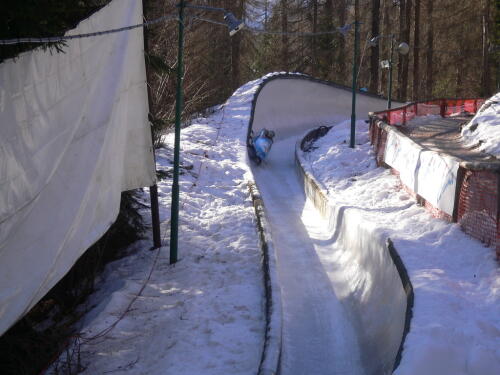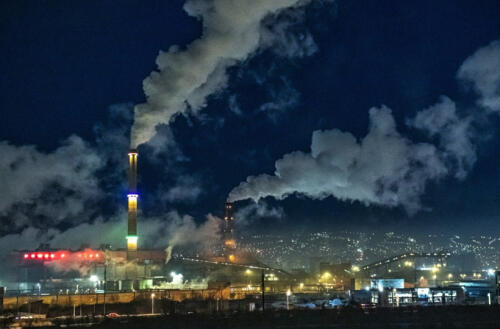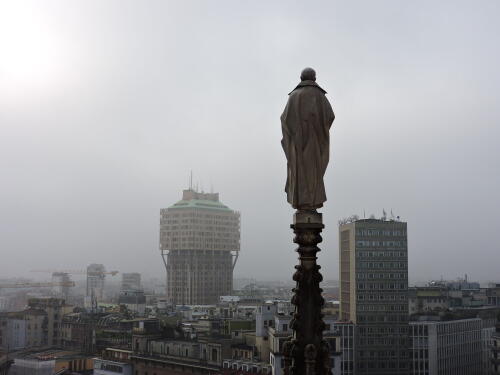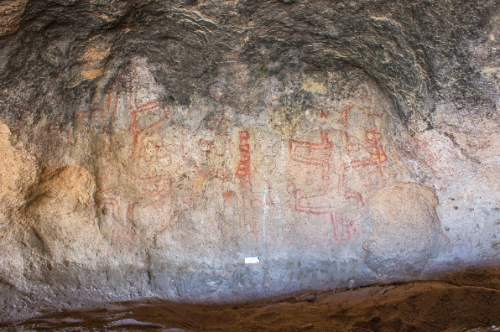environment
Clothes resold, returned several times and often destined to remain in storage in the warehouses of large companies.All with journeys of thousands of kilometers per package and highly polluting:the world of online clothing sales, often characterized by free shipping and returns, therefore presents negligible costs for the buyer but enormous environmental damage due to waste of material and fuel.This is what emerges from new research led by the Investigative Unit of Greenpeace Italy.In just two months, the parcels analyzed crossed 13 European countries and China, traveling by truck, van, ship and plane.«Our investigation confirms the ease with which returns can be made in the fast fashion, almost always free for the customer, genres hidden and very relevant environmental impacts.While some European nations have already legislated to limit or avoid the use of destroying clothing items that are returned to the seller, the same cannot be said for the practice of facilitated returns,...
On 21 February in Cortina d'Ampezzo work began on the construction of the new flat bobsleigh track for the 2026 Olympics.Despite the very high costs, the protests of environmentalist groups, the presentation of a much more practical and sustainable alternative, the negative opinion of the International Olympic Committee (IOC), and the short timescales in which the work would have to be carried out, to say the least, on the morning of On Wednesday, the start of the day was announced by the sound of chainsaws, turned on to start the clearing by felling 500 centuries-old larches for the construction of the runway.The enormous damage caused by the construction of the circuit is not limited to the environmental issue and the natural heritage of the city, but also directly affects the inhabitants as in the case of Mirko Gardini, now former owner of the Cortina adventure park, dismantled to make room to a work that seems to have a future already written, and be destined to meet the same fate...
On Tuesday 20 February the Council of the European Union and the European Parliament reached a agreement to impose more stringent limits on air quality, with which the aim is to halve polluting substances by 2030.It has yet to be officially confirmed by both parties and aims to take an important first step towards achieving zero emissions by 2050.Nonetheless, within the same agreement there are quite a few exceptions, which may lead to an extension of the time needed to adapt to the new standards. up to ten years for all those areas “where compliance with the directives by the expiry date would prove unattainable due to specific climatic and orographic conditions, or where the necessary reductions can only be achieved with a significant impact on existing heating systems”, including which promptly appears Northern Italy and, logically, Lombardy.That same Lombardy where ironically they took place on the same day as the agreement anti-pollution regulations precisely because o...
On Sunday 18 February the Swiss company IQAir published a report on air quality in various cities around the world, drawing up a classification of those in which it is most polluted, in which Milan appeared third behind only Chengdu in China and Lahore in Pakistan.The list caused quite a stir, quickly becoming one of the most debated topics of the moment;Mayor Beppe Sala, questioned by journalists, provided one answer annoyed and hasty on the issue, rhetorically asking her interviewers who conducted this type of analysis, to underline the unreliability of the data coming from private entities and invite you to trust official data.Indeed, it seems difficult to imagine that Milan could place itself on the podium of the cities with the worst air quality in the world, above very large centres like New Delhi;However, this does not mean that the ranking provided by IQAir provides an interesting point of view which is worth reflecting on, which places us before the evident problem of air poll...
They do not date back to the last thousands of years as previously thought, but to around 8,200 years ago:Within the already-attented archaeological site Cueva Huenul 1, in the desolate Patagonian desert, a cave with nearly 900 paintings has forced scientists to significantly revise their estimates.Among the most mysterious reasons A comb pattern that first appeared over 8 thousand years ago has been discovered, which thus becomes the oldest cave painting in Patagonia and among the most primitive ever found in South America.According to experts, cave artists continued to draw the same image for thousands of years with the aim of "passing down precious lessons" during a time when climate change threatened their survival.The research results were included in a study already subjected to peer review and published in the journal Science.«We got the results and we were very surprised. It was a shock and we had to rethink some things, commented Guadalupe Romero Villanueva, au...




